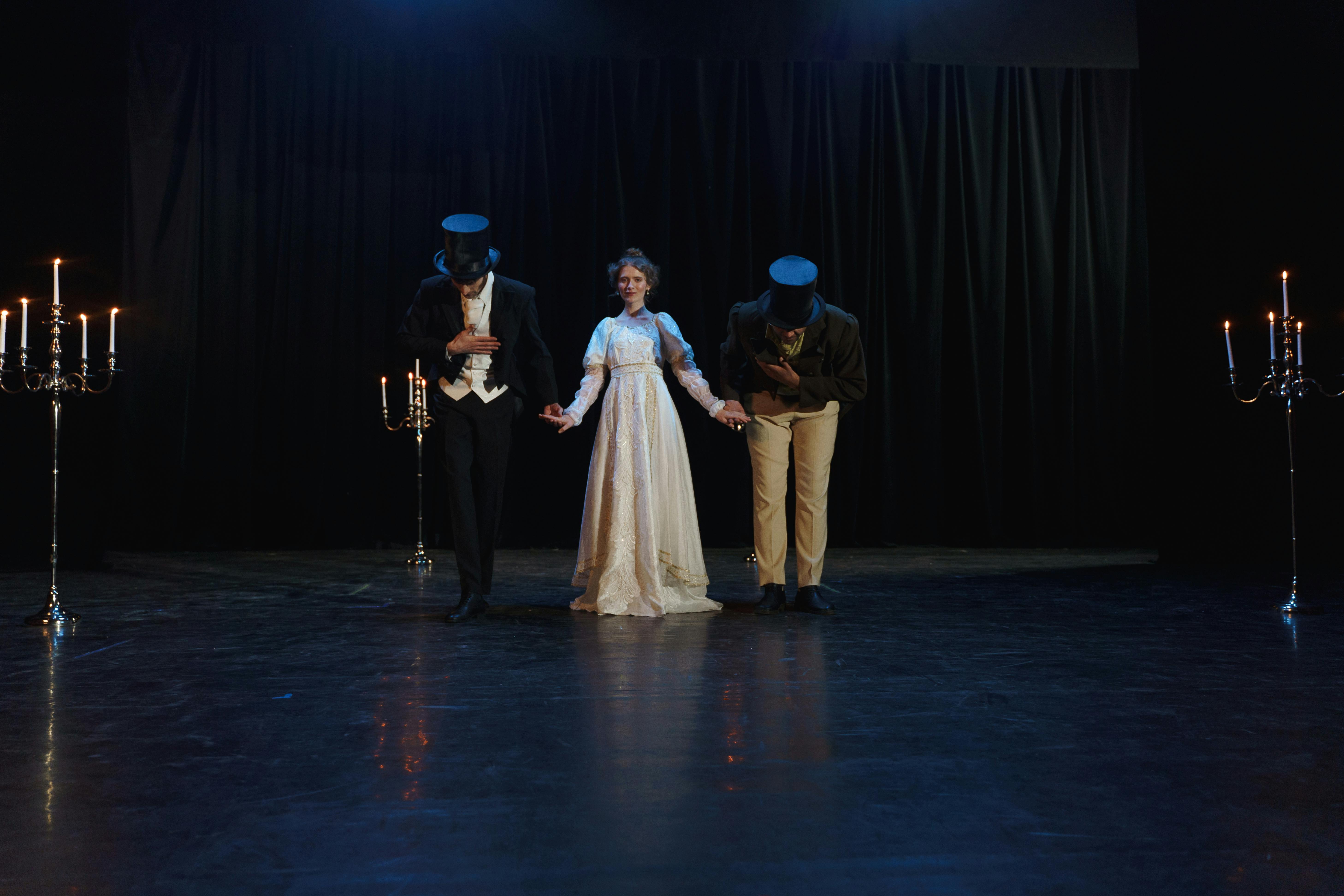On June 18, 1925, a Czechoslovakian psychic named Bretislav Kafka asked a group of people he had trained to be clairvoyants to ‘see’ what was happening to an expedition headed for the North Pole (1). Explorer Roald Amundsen was attempting to fly over the pole, a feat that had yet to be accomplished.
Safe in the town of Krásno and Becva in Czechoslovakia, the group applied a skill now known as remote viewing to determine the status of Amundsen’s efforts. “There is a terrible fog and a strong wind at the Pole,” they said. “No one from the expedition has come this far yet. The storm is too strong to reach the Pole by air.”
Two days later, they learned that Amundsen had not been as successful as they had determined. Later, Amundsen managed to fly over the North Pole with a total of six crew members in a single plane. A second plane had been damaged and was not part of the triumphant feat.
During World War II, Kafka and his trained group of psychics kept track of the progress of the war by remote viewing. Kafka would order a psychic to tell what he ‘saw’ happening at the front, while another member of his team would have the same order. The clairvoyants were unaware of what their companions had reported. According to Ostrander and Schroeder (1), the reports generally agreed and Kafka had a “good indication” of what was happening hundreds of miles away. It is interesting to me that the authors do not discuss what Kafka’s role, if any, was in World War II, and what uses were made of the information obtained from his psychics.
A little later, in the 1970s, the CIA became interested in remote viewing and started a program at the Stanford Research Institute (SRI) founded by Harold E. Puthoff. In an excellent article published in 1976, Puthoff and Targ (2) reported a multitude of surprising results. Accumulated data from more than 50 experiments concluded that remote viewing, the ability to see “via remote technical or geographic objective innate mental processes,” was not dependent on or affected by distance and that information reported by subjects was not analytical in nature. such as form, shape, color, and material as opposed to analytical aspects such as function, names, or numbers.
Interestingly, the purpose of the research was not to confirm or dispute the phenomenon of remote viewing, but to study it and its possible application for reconnaissance.
The term “remote viewing” was coined by Ingo Swann (3), who has long been considered the “father of remote viewing”. Swann was an important aspect of Puthoff’s work and trained people who were as “psychic as rocks” to be trained to develop remote viewing techniques. Of all the articles on paranormal abilities that I have researched, this is the first to claim that the power can be learned. There are even several articles available on EzineArticles.com that deal with training and education as a remote viewer (4-6). Paul Smith on the International Remote Viewing Association website states that remote viewing is not so much a “psychic phenomenon” as an “imposed discipline or skill that helps the viewer facilitate or ‘harness’ their own innate psychic abilities and underlying”. (7).
Puthoff and Targ concluded that the difference between experienced and inexperienced ‘perceivers’, as remote viewers were designated, was reliability of results rather than display of skill (2). It seems that a natural propensity towards psychic phenomenon is required to enhance the reliability of one’s ability.
Robert Jahn, soon to become involved in the Princeton Engineering Anomalies Investigation (PEAR) program, documented extensive replication of Puthoff’s work in the Chicago area by Dunne and Bisaha between 1976 and 1979 (8). Several of the earlier aspects of Puthoff’s research were confirmed, such as the distance between subject and perceiver not being a factor and more aesthetic aspects being more accurately perceived compared to analytic details.
A more interesting feature was that the time the perceiver saw the remote location did not have to coincide with the time the subject was actually at the location. Perceptions of the target site were obtained hours or even days before the subject visited the site or even before target selection. The performance was at least as successful as the tests carried out in real time.
In a later article, Jahn with Dunne expands on that aspect to include retrocognition (the ability to see past events) as well as precognition, still regardless of time interval. This was discussed as part of the PEAR program report in the Journal of Scientific Exploration (9).
However, in their quest to develop criteria to define and even quantify the data received from remote viewing, capacity seemed to dwindle. As part of previous experiments in SRI, a similar response was also observed (2). Since paranormal perception is a natural ability, perceivers and researchers would rather see the power improve rather than decrease. This ‘tapping effect’ has been extensively studied by Dr. Charles Tart of the University of California. He regarded repetitive tasks such as card-guessing as a “classical technique for deconditioning any response”, a “technique for extinguishing psychic functioning in the laboratory”.
Another notable observation from the SRI experiment was that motion was rarely detected, even if agents were standing next to moving objects, such as a train crossing a railroad trestle target, although static objects were correctly identified (2).
At the time of the 1970s experiments, SRI obviously could not reveal CIA involvement. Throughout Puthoff’s article, there are references to “government visitors.” However, in 1995, the CIA declassified and approved documents for publication, revealing its sponsorship of remote viewing research. On the remoteviewing.com website, Puthoff extends the scope of experiments that included remote viewing of the site in the Soviet Union (10). One perceiver was given full map coordinates with degrees, minutes, and seconds, but was only told that the target was a research and development facility. The perceiver produced drawings of a building layout and a “multi-story gantry crane” on the site. The results were promising enough for the CIA to continue the experimentation.
Although remote viewing experiments showed “statistically significant results”, its use in “intelligence gathering was not justified” (10). The CIA’s ‘laissez faire’ stance has not deterred researchers from further examining the phenomenon. Moddell of the University of Colorado has shown that remote viewing and other paranormal abilities obey the second law of thermodynamics: the entropy of a closed system cannot decrease with time (11). However, her research and a follow-up article on causality and retrocausality (12) are beyond the scope of this article.
In conclusion, remote viewing or remote sensing remains a subject of intense research and study. Unlike other psychic phenomena such as telepathy and telekinesis, a person can be trained to be a perceiver and learn the techniques of remote viewing. Martha C. Lawrence broached the subject in “Ashes of Aries” (13) when her hound Elizabeth Chase, who had been trained in remote viewing techniques, rather coldly mentions that a friend of hers was involved in the SRI project and used for the government. dubious ends. Although this is a work of fiction, Lawrence’s statements are truthful, as the plethora of information available via the Internet reveals that even the CIA saw the benefits of remote viewing. Perhaps with the end of the Cold War and the continuing mockery of psi research by the scientific community, the CIA has distanced itself from the program. Whatever the reason, remote viewing is seen by many as a very real scientific fact with very real applications.
1. S. Ostrander, L. Schoeder,. Psychic discoveries behind the iron curtainPrentice-Hall, Inc., 1970.
2. HE Puthoff, R. Targ, A Perceptual Channel for Kilometer Distance Information Transfer: Historical Perspective and Recent Research, IEEE Proceedings, Flight. 67, No. 3, March 1976, pgs. 329-354.
3. http://www.remoteviewer.org/remoteviewing/swann.htm
4. G. O’Donnell, http://www.ezinearticles.com/?Scientific-Explanations-For-Remote-Viewing&id=395039
5. T. Shafir, http://www.ezinearticles.com/?Remote-Viewing—Making-Light-of-the-Dark&id=21273
6. M. Tyler, http://www.ezinearticles.com/?Remote-Viewing—Tips-From-An-Experienced-Viewer&id=535201
7. P. H. Smith, http://irva.org/papers/WhatisRV.html
8. RG Jahn, The Persistent Paradox of Psychic Phenomena: An Engineering Perspective, IEEE Proceedings, Vol 70, No. 2, Feb. 1992, pp. 136-170.
9. RG Jahn and BJ Dunne, The PEAR Proposal, j Scientific Exploration, Flight. 19, no. 2, p. 195-245, 2005.
10. HE PUthoff, CIA-initiated remote viewing at the Stanford Research Institute, http://www.remoteviewing.com
11. G. Moddel, Entropy and Subtle Interactions, J Scientific Exploration, Flight. 18, no. 2, p. 293-306, 2004.
12. G. Moddel, Entropy and Information Transmission in Causality and Retrocausality, BORDERS OF TIME: Retrocausality – Experiment and Theory. AIP Conference Proceedings, Volume 863, p. 62-74, 2006.
13. MC Lawrence, ashes of ariesSt. Martin’s Press, 2001.


